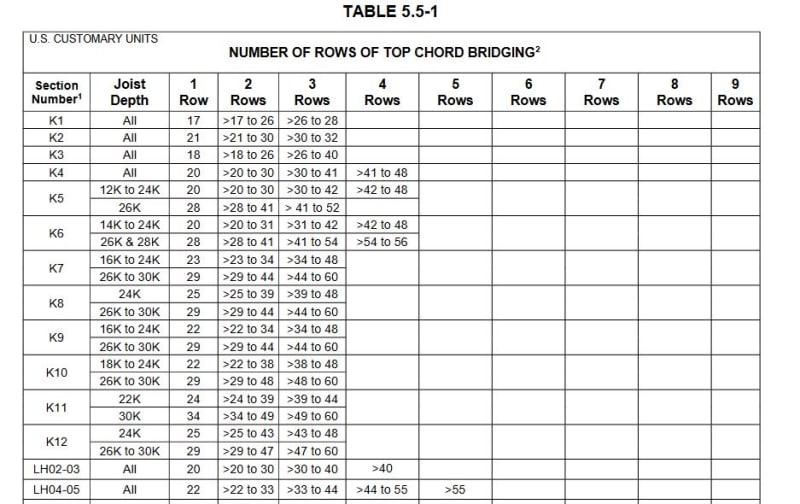SteelPE
Structural
- Mar 9, 2006
- 2,759
I have a potential client who needs to have some roof work done (Current = IBC 2015, Vult = 130 mph) on a building that was designed and built in 1986/1987. I am involved with infilling some existing roof exhaust fans, verifying additional capacities in the roofing system for increased roof insulation and replacement of the existing RTU's. Part of the project scope consists of removal of existing roof/roof ballast and replacement with a new adhered roofing system (something that I wasn't asked to address specifically).
I have some reservations in regards to the removal of the roof ballast as it is going to end up creating an uplift situation on the roof joists. At a bare minimum I would like to install joist uplift bridging at the BC panel points. I suspect I am going to face significant pushback from the client in regards to any roof modifications due to what the client perceives as a decrease in the loads on the roof.
Has anyone else faced a similar situation in the past?
I have been to plenty of projects in the past where no uplift bridging was installed after removal of stone ballast.
I have some reservations in regards to the removal of the roof ballast as it is going to end up creating an uplift situation on the roof joists. At a bare minimum I would like to install joist uplift bridging at the BC panel points. I suspect I am going to face significant pushback from the client in regards to any roof modifications due to what the client perceives as a decrease in the loads on the roof.
Has anyone else faced a similar situation in the past?
I have been to plenty of projects in the past where no uplift bridging was installed after removal of stone ballast.


